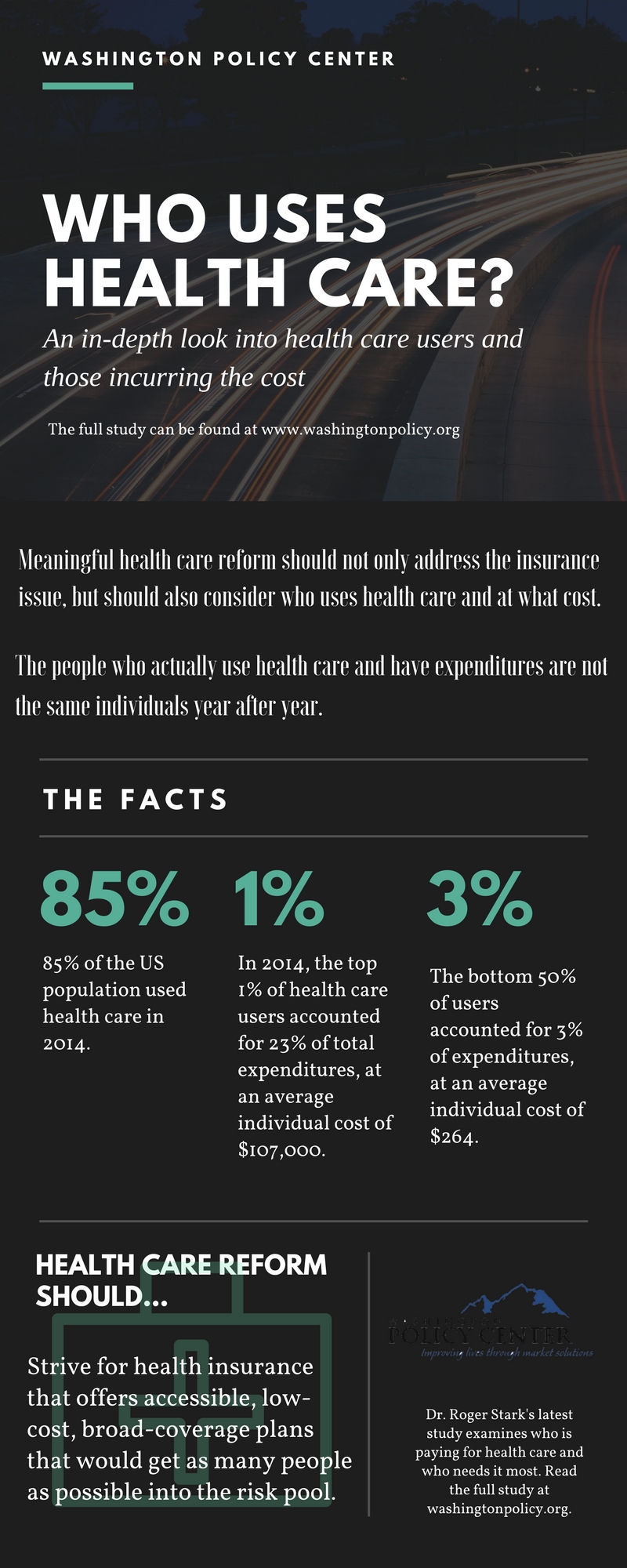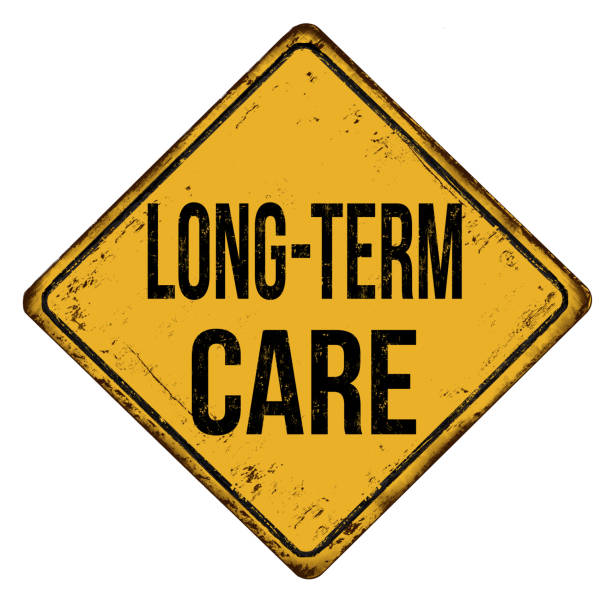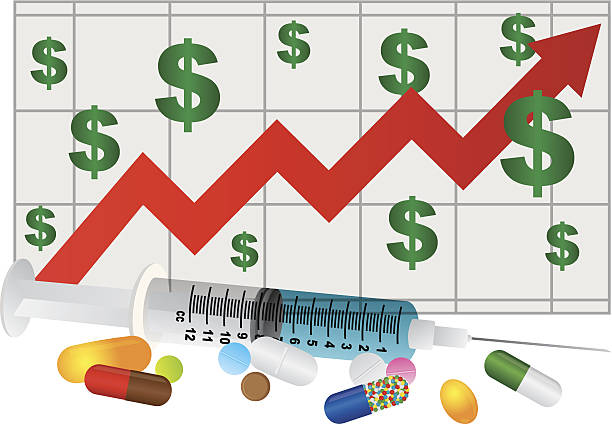![]() Download the full Policy Note here
Download the full Policy Note here
Key findings
- Meaningful health care reform should not only address the insurance issue, but should also consider who uses health care and at what cost.
- The people who actually use health care and have expenditures are not the same individuals year after year.
- Eighty five percent of the U.S. population used health care in 2014.
- In 2014, the top one percent of health care users accounted for 23 percent of total expenditures, at an average individual cost of $107,000. The bottom 50 percent of users accounted for three percent of expenditures, at an average individual cost of $264.
- Research confirms that older people in general use more health care and consequently have more expenditures than younger individuals.
- Health care reform should strive for health insurance that offers accessible, low-cost, broad-coverage plans that would get as many people as possible into the risk pool.
Introduction
President Trump, and many of his fellow Republicans, campaigned on repealing and replacing the Affordable Care Act (ACA), also known as Obamacare. The ACA became law in 2010 and the massive legislation has not met its two main goals of providing universal health insurance coverage and controlling health care costs.
Health care spending accounted for 18 percent of the U.S. economy or $3.2 trillion in 2015, the last year of complete data. Moving forward, meaningful health care reform should not only solve the problem of providing insurance coverage, it should also consider who uses health care and at what cost. This Policy Note examines the most recent information on the groups in society that use medical care and their expenditures.






